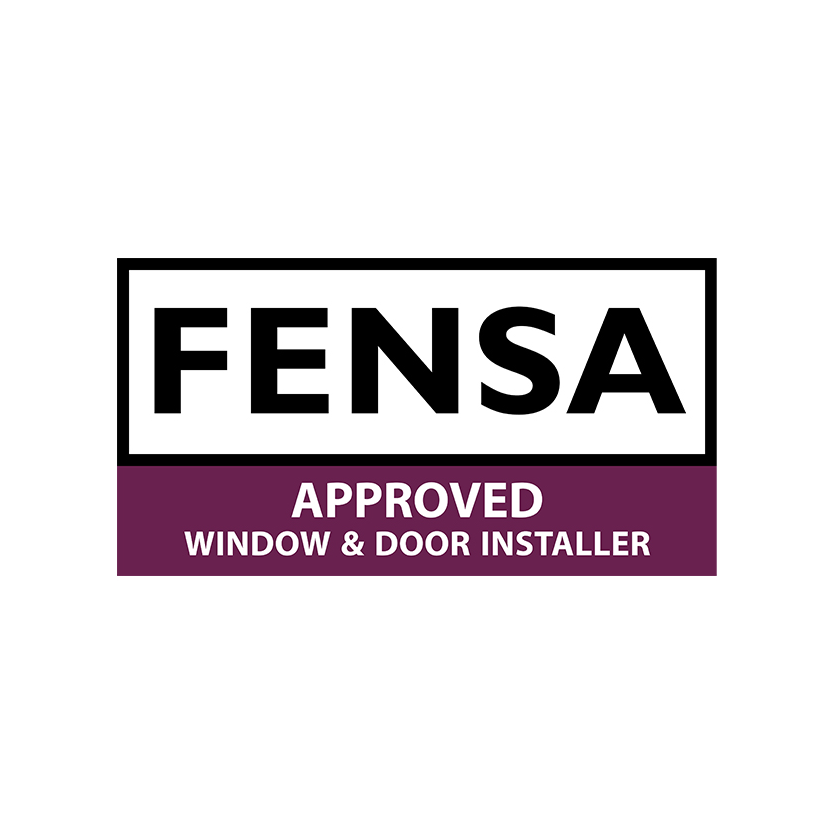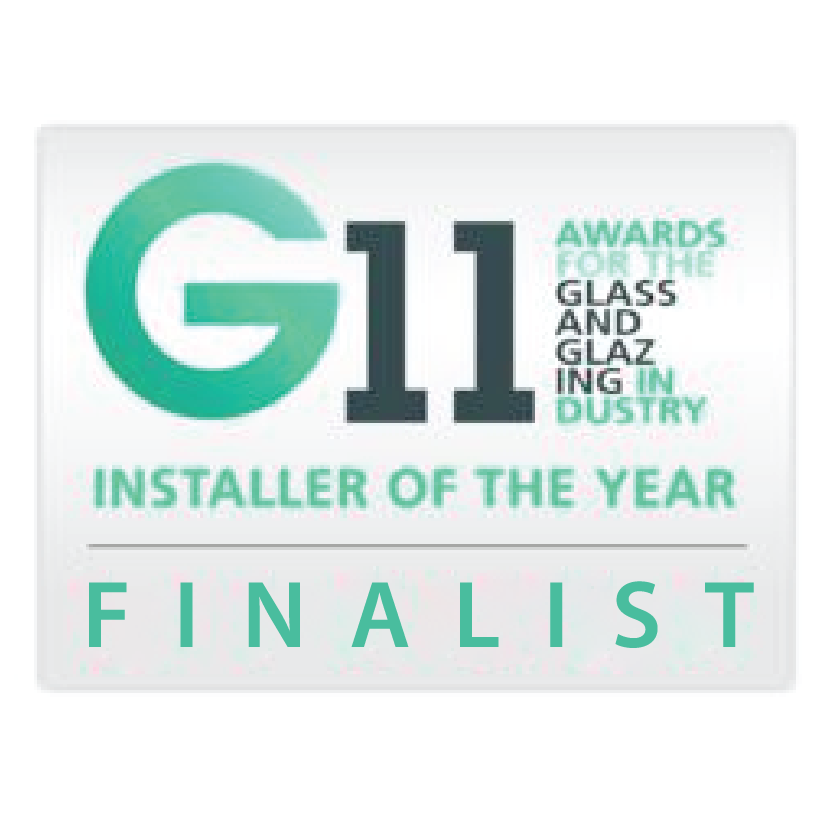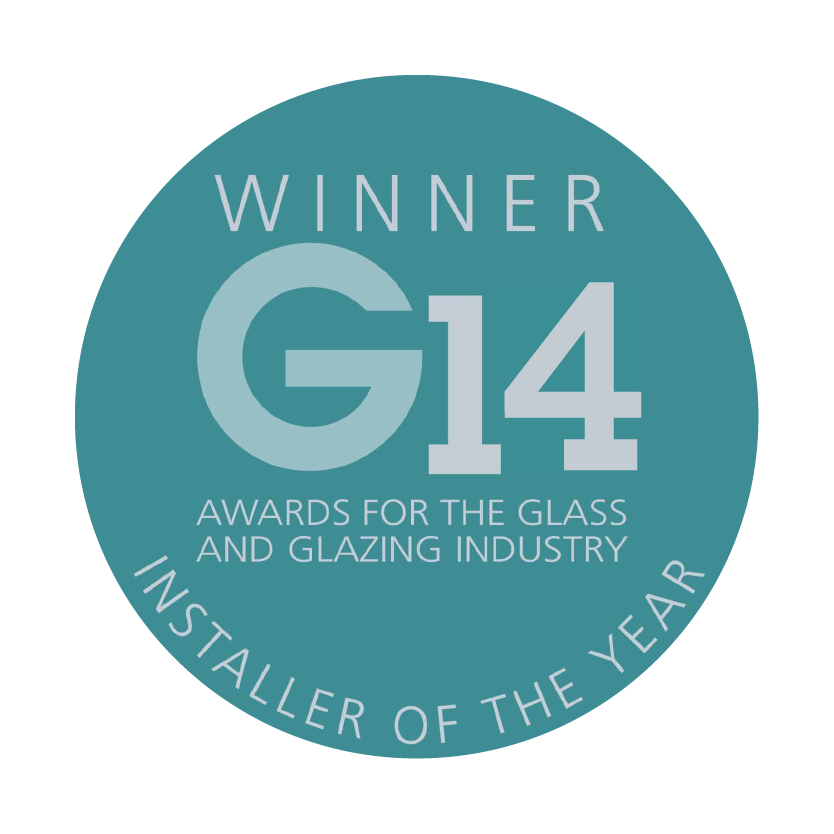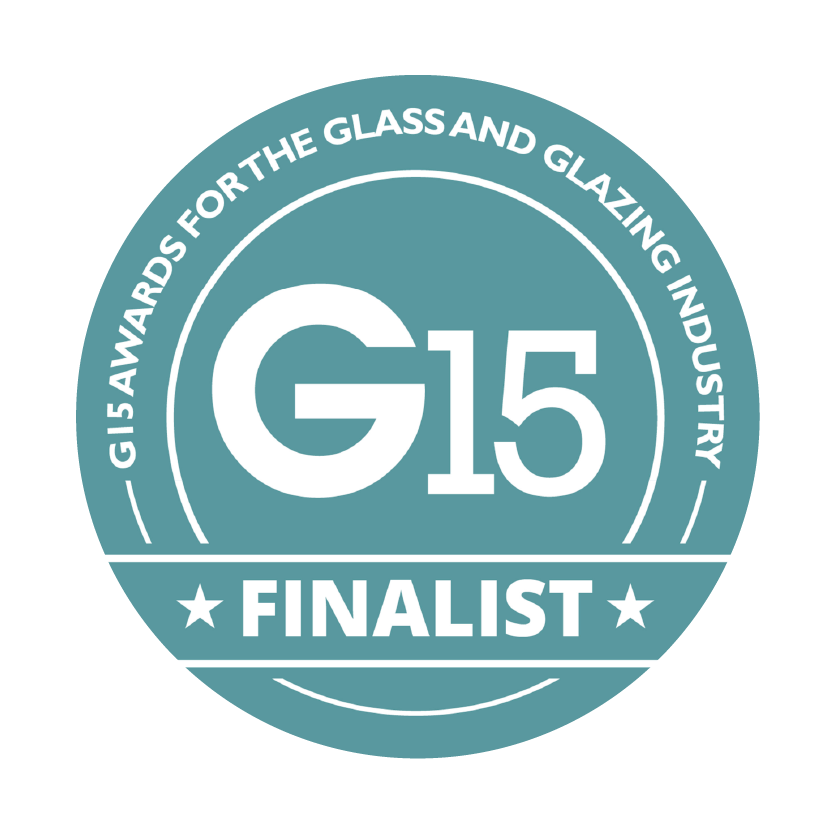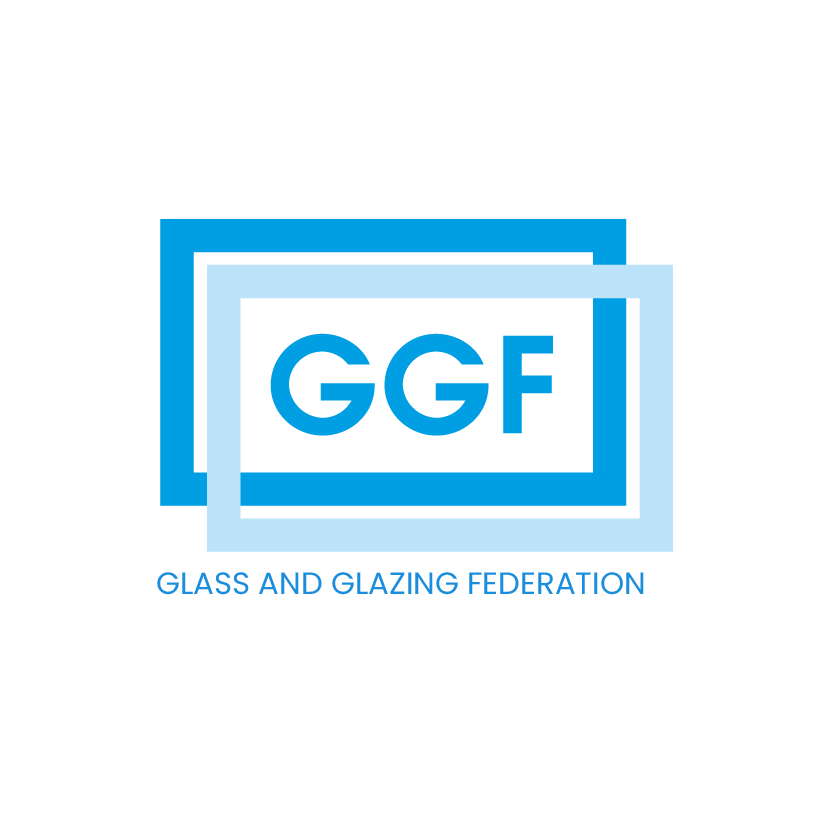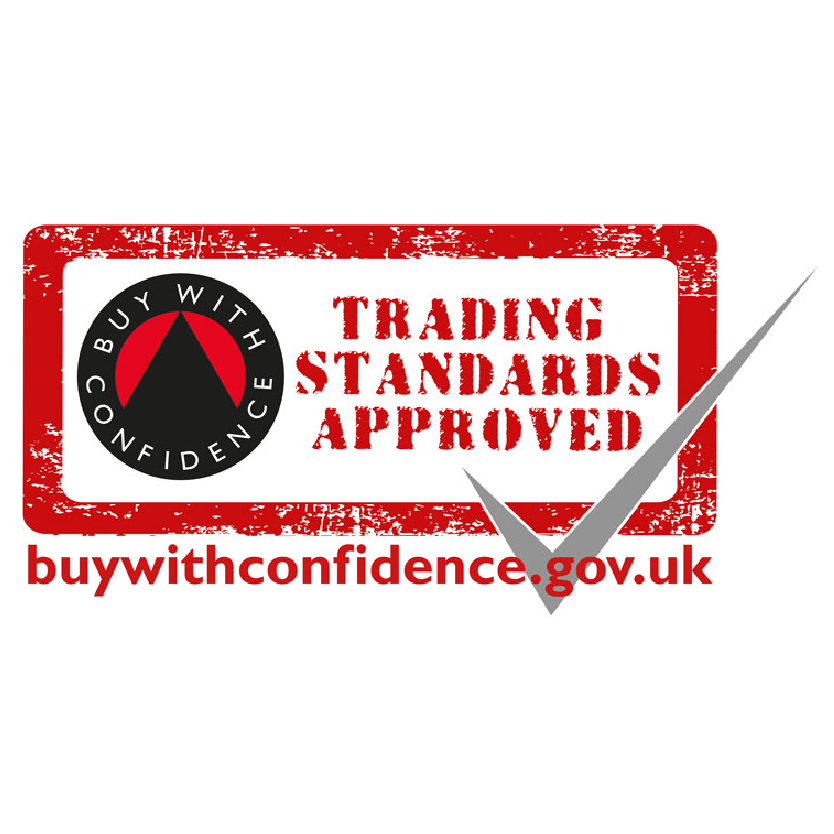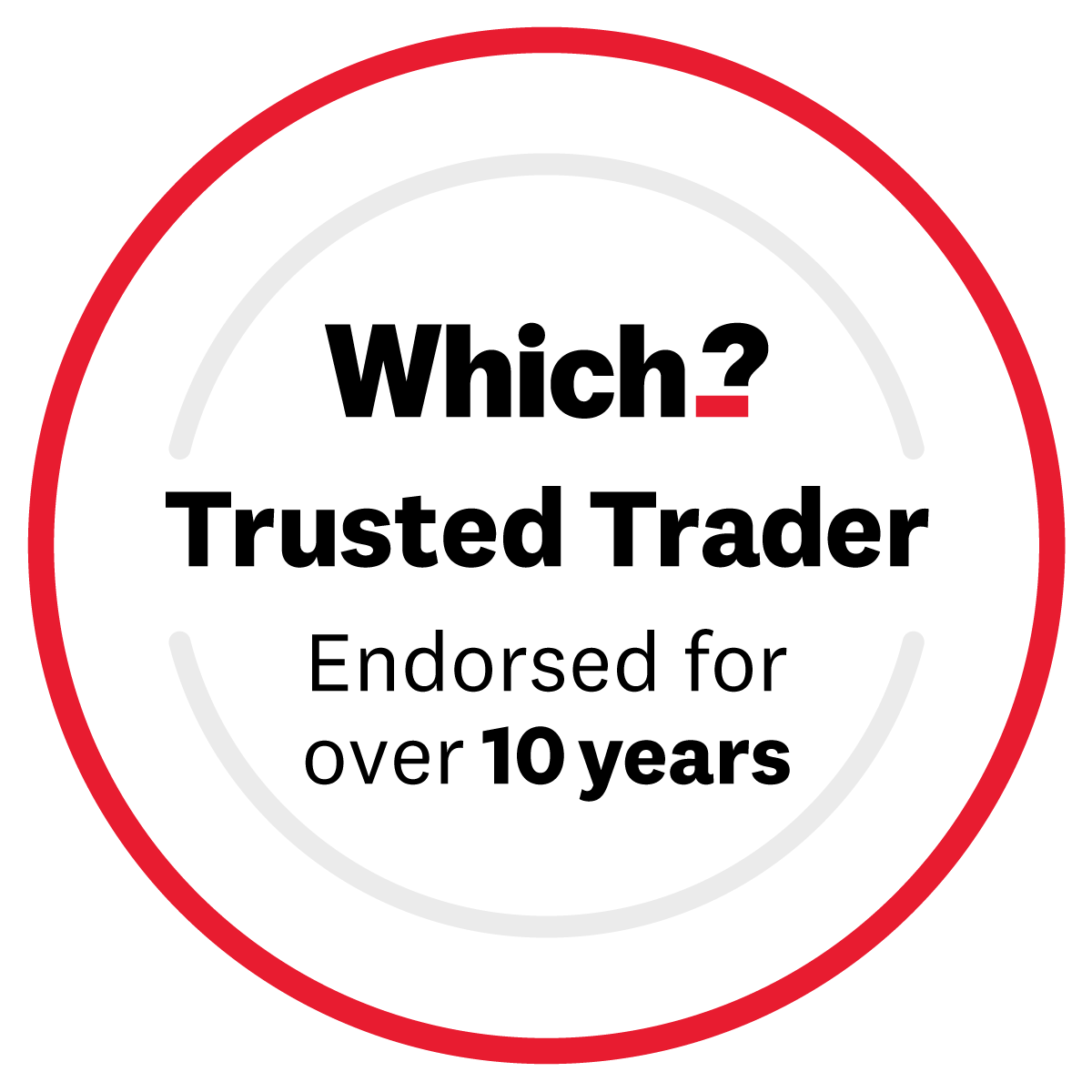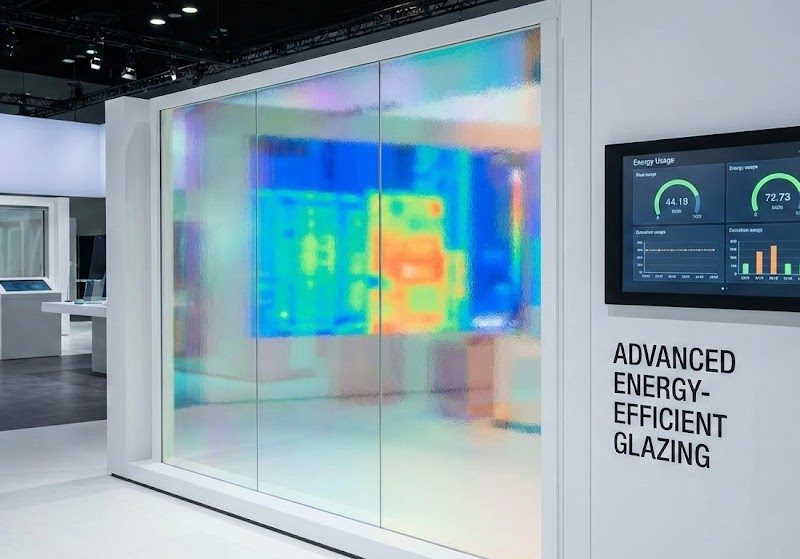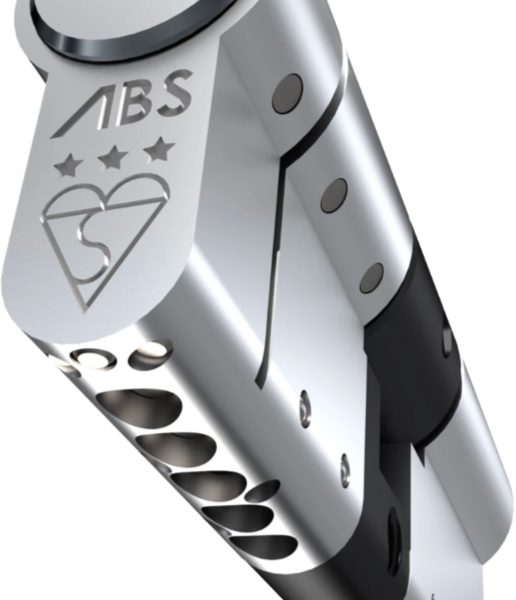
Timber - PVC - Aluminium - Windows, Doors & Conservatories in Hampshire
The Complete Guide to Toughened Glass: Strength, Safety & Standards
The Complete Guide to Toughened Glass: Strength, Safety & Standards
Category: Home Improvement / Glazing Guide
Reading Time: 7 Minutes
📌 Key Takeaways
- Superior Strength: Toughened glass is up to 5x stronger than standard annealed glass.
- Safety First: If broken, it crumbles into small, safe “dice” rather than dangerous shards.
- No Modifications: Once toughened, the glass cannot be cut or drilled—measurements must be exact.
- Legal Requirement: Mandatory in “critical locations” such as doors and low-level windows.
Glass is an essential part of our homes, letting in light and connecting us to the outside world. But standard glass is surprisingly fragile and, when broken, dangerous. To make our homes safer, the glazing industry relies on Safety Glass.
While we have previously discussed Laminated Glass and Low-E Glass, the most common form of safety glazing found in modern windows and doors is Toughened Glass (also known as Tempered Glass). In this guide, we explore how it’s made, why it’s so strong, and where it is legally required in your home.
Table of Contents
1. What is Toughened Glass?
Toughened glass is a type of safety glass that has been processed by controlled thermal treatments to increase its strength compared to normal (“annealed”) glass. According to industry leaders Pilkington, toughened glass is up to five times stronger than ordinary glass of the same thickness.
How It Is Made: The Float Process & Tempering
All flat glass starts life using the “float glass” process, where molten glass is floated on a bed of molten tin to create perfectly flat sheets. To understand the base material, watch this brief overview of the manufacturing process:
To “toughen” this standard float glass, it is cut to its final required size and then loaded into a furnace. It is heated to over 600°C and then rapidly cooled (quenched) with blasts of cold air.
This process cools the outer surfaces of the glass much faster than the centre. As the centre eventually cools and contracts, it pulls against the already rigid outer surfaces. This puts the surfaces into compression and the interior into tension. It is this trapped tension that gives toughened glass its incredible strength.
⚠️ Crucial Warning: Do Not Cut!
Because of the immense tension trapped inside, toughened glass cannot be cut, drilled, or edged after it has been heat-treated. Any attempt to do so will cause the entire pane to shatter instantly. All sizing and holes must be made before the toughening process begins.
2. The Key Difference: How It Breaks
The defining characteristic of safety glass isn’t just that it’s harder to break; it’s how it breaks.
- Standard Glass: Breaks into large, dangerous, jagged shards that can cause serious injury.
- Toughened Glass: If broken, the stored energy is released, causing the glass to crumble into thousands of small, relatively harmless “dice” or cubes.

3. Toughened vs. Laminated Glass
Both are safety glasses, but they behave differently upon impact. Watch this demonstration to see the difference in break patterns:
| Feature | Toughened Glass | Laminated Glass |
|---|---|---|
| Strength | Up to 5x stronger than standard glass. | Strong, but strength comes from the interlayer. |
| Break Pattern | Shatters into small, safe granules. | Cracks but holds together (stays in frame). |
| Primary Use | General safety against accidental impact. | Security (forced entry prevention) and overhead glazing. |
| Cuttable? | No. Must be made to exact size. | No (generally). |
4. Where is Toughened Glass Required? (Critical Locations)
Under UK Building Regulations (specifically Approved Document K), safety glass must be used in “critical locations” where there is a high risk of accidental impact.
These areas generally include:
- Doors: Any glazing in a door, or immediately next to a door (side panels) up to 1500mm from floor level.
- Low Windows: Any window glazing that is less than 800mm from floor level.
- Bathroom Areas: Shower screens and enclosures.
- Furniture: Glass tabletops and shelving.
5. How to Identify Toughened Glass
How do you know if the glass in your doors or low windows is safe? Look for the Kitemark.
All toughened glass manufactured to British and European standards must carry a permanent stamp, usually etched into one corner of the pane. Look for the code BS EN 12150 (the standard for thermally toughened soda lime silicate safety glass). If it doesn’t have the stamp, you must assume it is not safety glass.

Frequently Asked Questions (FAQs)
No. While it is significantly stronger than standard glass and can withstand much higher impacts, it is not indestructible. A strong enough force, particularly a concentrated blow to the edge of the glass, will cause it to break.
Very rarely, toughened glass can shatter without any apparent external cause. This is often due to microscopic inclusions of nickel sulfide (NiS) trapped during manufacturing. Over time, these inclusions can expand and cause the glass to break. While rare, high-quality manufacturing processes aim to minimise this risk.
No. As mentioned above, you cannot cut or drill toughened glass once it is made. If you need a cat flap in a glass door, you must order a completely new toughened sealed unit that has been manufactured with the hole pre-cut.
To the naked eye, it looks exactly the same. The only visual difference is the mandatory safety stamp (Kitemark) etched into the corner.
Ensure Your Home is Safe and Compliant
Are your older doors or low windows fitted with dangerous standard glass? KJM can replace your existing glazing with high-performance toughened or laminated safety glass units.
📚 Explore Our Glass Knowledge Hub
This article is part of our comprehensive series on modern glazing. To see the bigger picture and understand all your options, start here:
🚀 The Ultimate Guide to All Window Glass Types
Or dive straight into our other detailed guides:
- ☀️ Energy Efficiency: The Comprehensive Guide to Low-E Glass
- 🌡️ Summer Comfort: The Complete Guide to Solar Control Glass
- 🛡️ Safety Standards: The Ultimate Guide to Toughened Glass
- 🔒 Security & Silence: Laminated Glass Benefits Explained
- ✨ Low Maintenance: The Truth About Self-Cleaning Glass
- 💎 Crystal Clear Views: Low-Iron Glass (Optiwhite) Explained
- The 2026 Glazing Outlook” – High-level summary of the pivot to growth. - 9 December 2025
- Industry News: The Future Homes Standard 2025 & What It Means for Your Windows - 1 December 2025
- KJM Group MD Attends House of Commons Event to Champion UK Glass Industry - 14 November 2025

